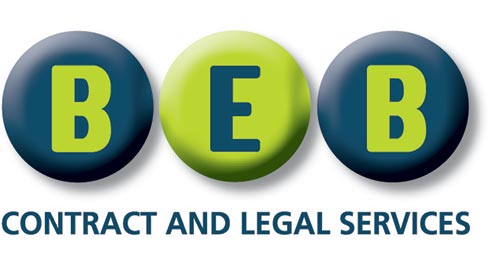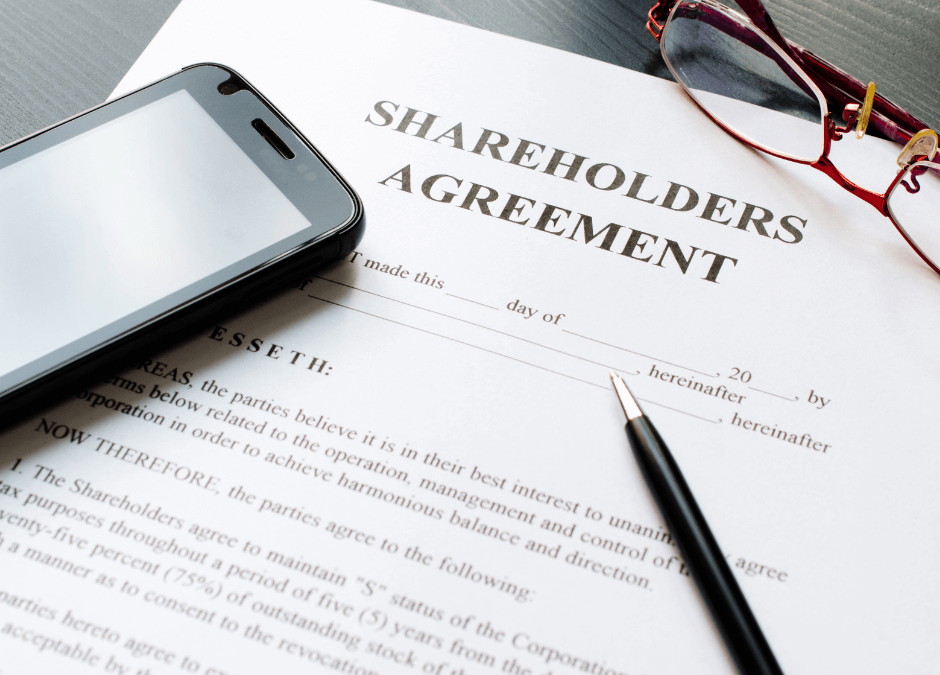Shareholder agreements can protect you, your business and your fellow shareholders by establishing how the business will be run and how decisions will be made, but they don’t have to feel intimidating. A well-written shareholder agreement should protect the rights of all shareholders while giving them the freedom to focus on running their business and finding success together as a team. A good shareholder agreement will also define how things like voting and veto power work in your company so that everyone knows their rights and responsibilities. However, drafting one can be tricky if you don’t know what you’re doing, since some legal jargon can be confusing even to experienced lawyers. Use this foolproof guide to drafting shareholder agreements to set up an agreement that fits your specific needs, goals and priorities so you can focus on your business’s future instead of its past.
What Is a Shareholder Agreement?
Shareholder agreements are formal agreements between shareholders of a company. They define the amount of shares that each shareholder owns, how votes will be conducted, what happens if one shareholder wants to leave the company, and more. Shareholders may be in a single type of business or a variety of businesses, but they are bound by one agreement as partners working together for success.
Who Needs a Shareholder Agreement?
Generally, every business owner should have a shareholder agreement in place as soon as there is more than one shareholder in the business. If you are a sole shareholder and director then you can get away with having just your articles of association however these do need to be amended from the standard model articles if there is one of you.
What’s the purpose of this legal document?
To identify what each person’s duties and responsibilities are as an owner, help create transparency and accountability between shareholders, provide equity and voting rights for each shareholder, outline how you want the company to be dissolved if one of the owners dies or leaves, and put clear expectations in place for any venture relating to the company.
Why Write an Agreement?
Purchasing a company or obtaining an interest in one can be a substantial investment, and any partners involved in the process will want assurances that they are getting a fair stake. A shareholder agreement is often the most efficient way of securing your role within the company, since it sets the terms for what each partner owns and has the power to do. The agreement may also set other important guidelines for running the business and outlining who gets what in the event of dissolution.
What’s in the Agreement?
Shareholders are people who buy shares in a company. Sometimes, owning shares gives you voting rights within the business, other times it is just a financial stake in such. There is no set formula for what it means to own shares; your agreement should clearly spell out what each type of share entitles the shareholder to do. That way, when issues come up, everyone knows how much authority they have over decisions affecting the company.
How to Write an Agreement
It is important to have a set of rules in place before any shareholders get involved in the business. A shareholder agreement is a document that determines the rules, obligations, and rights of each person involved in the company. These can be tailored depending on who they include, what the company does, and how much money it has raised from investors. For example, founders might want certain voting power and other benefits for their shares. Module 9 of the Essential Business Academy delves deeper into what to include and provides a checklist to make the process easier.
If you’re still a bit confused by all the legal jargon and would benefit from advice from a contract specialist, then get in touch with us by email: info@bebconsultancy.co.uk

